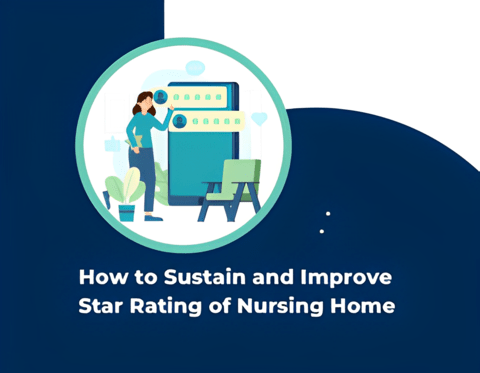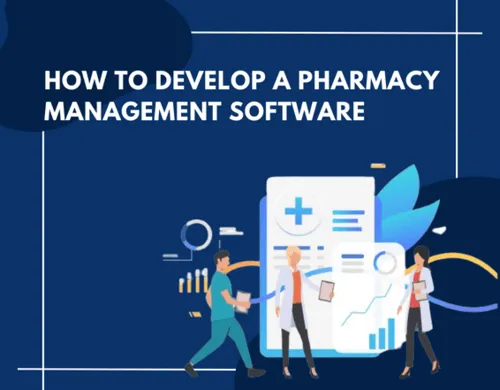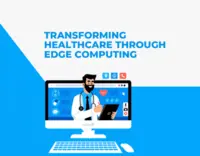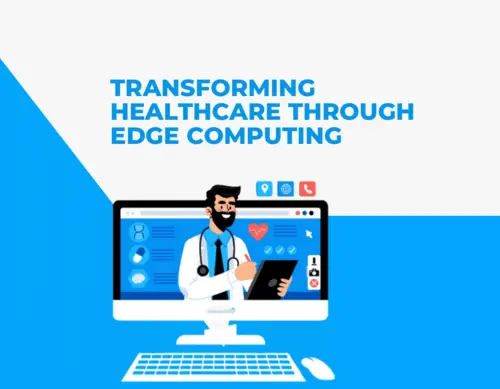
Transforming Healthcare Through Edge Computing
Edge computing has emerged as a transformative force in the healthcare industry, revolutionizing the way data is processed, analyzed, and acted upon. Unlike traditional cloud computing, which relies on centralized data centers, edge computing brings computing power closer to the data source, enabling real-time insights and enhanced efficiency. In this article, we will explore what edge computing is and discuss ten advantages it offers Edge computing to the healthcare sector.
What is Edge Computing?
Edge computing is a decentralized computing paradigm that processes data closer to its source, typically at or near the edge of the network, rather than relying solely on distant cloud data centers. In healthcare, this means processing data within medical devices, sensors, and on-premises servers, allowing for quicker response times and improved data security.
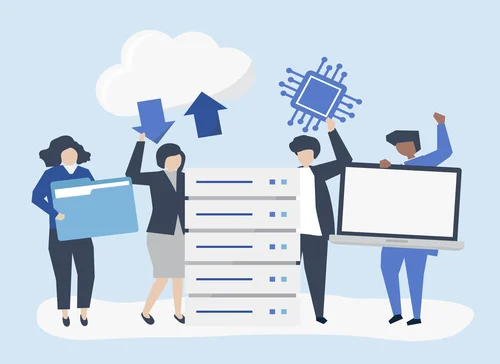
Advantages of Edge Computing in Healthcare
1. Real-time Data Processing:
Edge computing enables the instantaneous analysis of patient data, making it ideal for critical applications like monitoring patient vital signs and responding to emergencies promptly.

2. How Edge Computing Reduces Latency in Healthcare Delivery:
With data processing occurring locally, latency is minimized, ensuring that healthcare professionals receive information without delay, which is crucial in time-sensitive situation.

3. Enhanced Privacy and Security:
Edge computing allows sensitive patient data to stay within the local network, reducing the risk of data breaches associated with transmitting information to external cloud servers.

4. Reliable Connectivity:
In remote or rural areas with limited internet connectivity, Edge Computing in Healthcare ensures that healthcare services remain accessible, even when the internet is unreliable.

5. Scalability:
Healthcare providers can easily scale their edge computing infrastructure to accommodate increasing data volumes and medical device connectivity.

Conclusion:
Edge computing is reshaping healthcare by offering faster, more secure, and efficient data processing and analysis capabilities. It empowers healthcare professionals with real-time insights, enables remote and rural healthcare delivery, and ensures data privacy and compliance. As technology continues to advance, edge computing is poised to play a pivotal role in the ongoing transformation of the healthcare industry, ultimately benefiting patients, providers, and the entire healthcare ecosystem.
Read our other blogs here
